Home>Gardening & Outdoor>Landscaping Ideas>When To Cut Pampas Grass
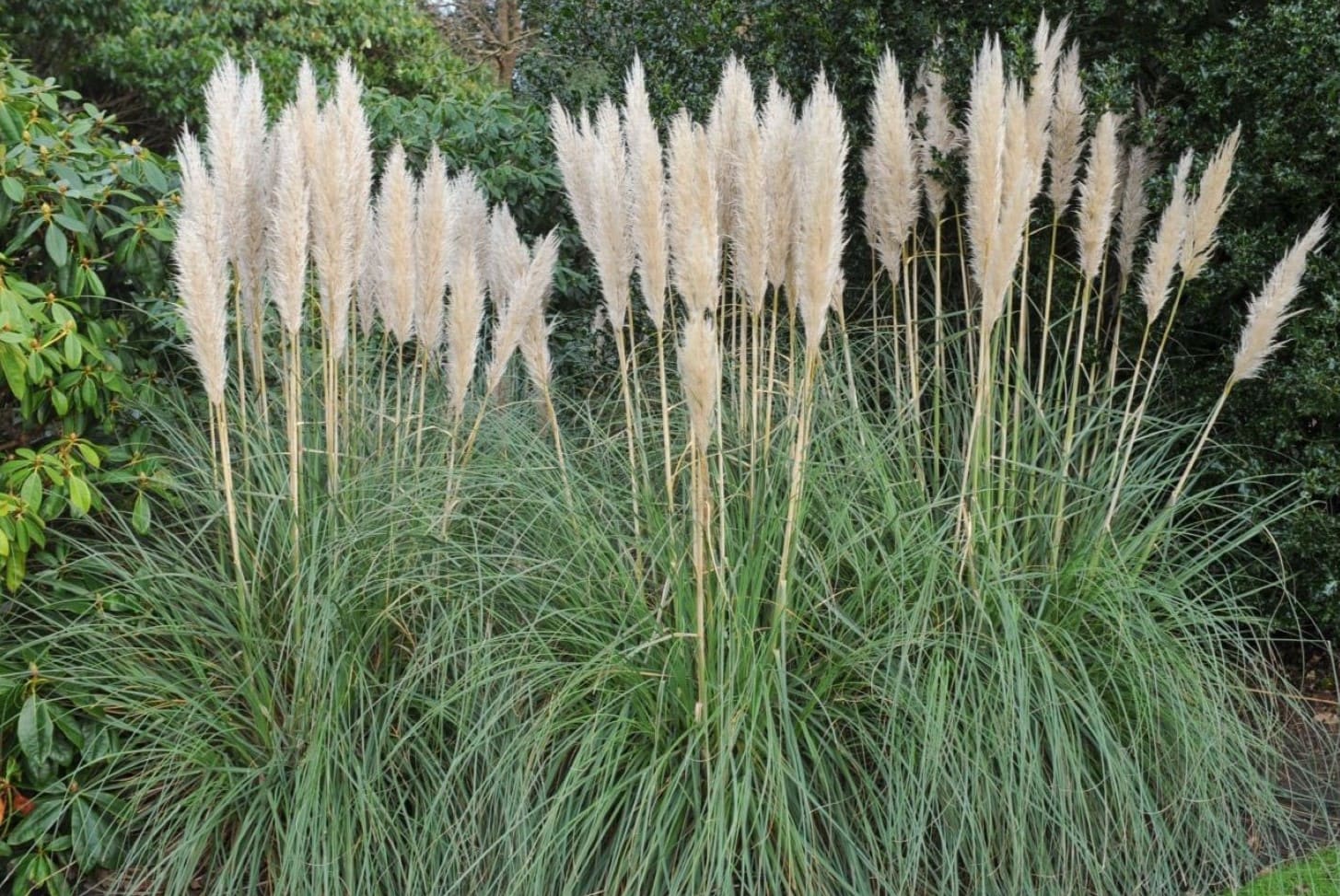

Landscaping Ideas
When To Cut Pampas Grass
Modified: March 29, 2024
Learn when to cut pampas grass for the best landscaping results. Discover expert tips and ideas for maintaining your outdoor space. Ideal for landscaping enthusiasts.
(Many of the links in this article redirect to a specific reviewed product. Your purchase of these products through affiliate links helps to generate commission for Storables.com, at no extra cost. Learn more)
Introduction
Welcome to the world of landscaping, where the beauty of nature meets the artistry of design. If you’re a homeowner or a gardening enthusiast, you understand the transformative power of landscaping. One of the most striking and versatile plants to incorporate into your outdoor space is pampas grass. With its feathery plumes and graceful demeanor, pampas grass adds a touch of elegance and drama to any landscape.
However, to maintain the health and aesthetics of your pampas grass, it’s crucial to understand when and how to prune it. In this comprehensive guide, we will delve into the intricate details of pampas grass care, focusing on the optimal time for cutting this stunning plant. By the end of this article, you’ll be equipped with the knowledge and confidence to keep your pampas grass flourishing and looking its best throughout the year.
Key Takeaways:
- Cut pampas grass in late winter or early spring to keep it healthy and looking tidy. Use long-handled shears and protective gear, and tie up the foliage for easier cleanup.
- Pruning pampas grass helps maintain its beauty and prevents overgrowth. Dispose of trimmed foliage promptly and consider repurposing it for decorative arrangements or composting.
Read more: When Should Pampas Grass Be Cut Back
Understanding Pampas Grass
Pampas grass, scientifically known as Cortaderia selloana, is a perennial flowering plant native to South America, particularly the pampas regions of Argentina, Brazil, and Uruguay. Renowned for its tall and majestic appearance, pampas grass has found its way into landscaping and gardens across the globe. Its striking plumes, which can reach impressive heights of up to ten feet, make it a popular choice for adding visual interest and texture to outdoor spaces.
One of the most appealing features of pampas grass is its adaptability to various climates and soil types. It thrives in full sun and well-drained soil, making it a resilient and low-maintenance addition to any garden. Additionally, its tolerance for drought and strong winds further enhances its appeal as a landscaping staple.
While pampas grass is celebrated for its ornamental value, it’s essential to recognize its potential for aggressive growth. Without proper maintenance, pampas grass can spread rapidly and encroach on other plants and structures in the garden. This characteristic underscores the importance of regular pruning and maintenance to keep this stunning plant in check while preserving its aesthetic allure.
Understanding the growth habits and environmental preferences of pampas grass is fundamental to its successful cultivation and long-term health. With this knowledge in mind, you’ll be better equipped to make informed decisions regarding the care and maintenance of your pampas grass, ensuring that it remains a captivating and harmonious element of your outdoor landscape.
When Is the Best Time to Cut Pampas Grass?
The timing of pampas grass pruning plays a pivotal role in maintaining its health and appearance. To determine the best time for cutting pampas grass, it’s essential to consider the plant’s natural growth cycle and the specific objectives of the pruning process.
Typically, the ideal time to cut back pampas grass is in late winter or early spring, before the new growth emerges. This timing allows for the removal of the previous year’s foliage and plumes, preparing the plant for the upcoming growing season. By conducting the pruning before the new growth begins, you can facilitate vigorous regrowth and ensure that the plant maintains an attractive and tidy appearance throughout the year.
Pruning pampas grass during the late winter or early spring also offers practical advantages. With the plant’s growth temporarily dormant during this period, the task of cutting back the foliage and plumes becomes more manageable. Additionally, the absence of new growth minimizes the risk of damaging emerging shoots or disturbing the plant’s natural development.
It’s important to exercise caution when pruning pampas grass, as the sharp-edged leaves can cause skin irritation. Wearing protective clothing, including long sleeves and gloves, is advisable to prevent potential discomfort during the pruning process.
While late winter or early spring is the optimal time for routine pruning, there are instances where cutting pampas grass at other times may be necessary. For example, if the plant exhibits signs of overgrowth or if the foliage becomes damaged or unsightly, selective trimming can be performed as needed throughout the year. However, it’s crucial to avoid extensive pruning during the active growing season, as this can impede the plant’s ability to recover and thrive.
By adhering to the recommended timing for cutting back pampas grass and exercising care during the pruning process, you can promote the long-term vitality and visual appeal of this stunning plant, elevating the overall aesthetic of your outdoor landscape.
Cut pampas grass in late winter or early spring before new growth starts. Use sharp shears and wear gloves to protect your hands from the sharp leaves. Cut the grass back to a few inches above the ground to encourage new growth.
How to Cut Pampas Grass
Pruning pampas grass requires a strategic approach to ensure the best results while safeguarding the health of the plant. By following the proper techniques, you can effectively manage the size and appearance of pampas grass, contributing to a well-maintained and visually appealing landscape.
Before embarking on the pruning process, it’s essential to gather the necessary tools, including long-handled pruning shears or hedge trimmers, protective gloves, and eye protection. These items will help you execute the task safely and efficiently, minimizing the risk of injury and discomfort.
The first step in cutting pampas grass is to assess the plant and identify the areas that require pruning. Using the pruning shears or hedge trimmers, carefully remove the previous year’s foliage and plumes, cutting them as close to the base of the plant as possible. It’s important to exercise caution and precision during this step to avoid damaging the emerging shoots and compromising the plant’s regrowth.
When cutting back pampas grass, it’s advisable to tie up the foliage and plumes before trimming to contain the debris and facilitate easier cleanup. This can be achieved by securing the plant with sturdy twine or rope, gently binding the foliage together to create a more manageable and organized structure for pruning.
As you proceed with the pruning process, periodically step back and evaluate the plant’s symmetry and overall appearance. This visual assessment will help ensure that the pruning is conducted evenly, resulting in a balanced and aesthetically pleasing outcome. Additionally, removing any dead or damaged foliage during the pruning process will promote the plant’s health and vitality, contributing to its long-term well-being.
Once the pruning is complete, it’s important to gather and dispose of the trimmed foliage and plumes promptly. Proper disposal prevents the accumulation of debris in the garden and minimizes the risk of regrowth from discarded plant material. If desired, the trimmed foliage and plumes can be repurposed for decorative arrangements or composted to enrich the soil, adding a sustainable and eco-friendly dimension to the pruning process.
By following these guidelines and approaching the task of cutting pampas grass with care and attention to detail, you can effectively maintain the plant’s size and appearance, ensuring that it remains a captivating and harmonious element of your outdoor landscape.
Conclusion
In the realm of landscaping, the allure of pampas grass is undeniable. Its graceful plumes and resilient nature make it a sought-after addition to gardens and outdoor spaces. However, the key to harnessing the full potential of pampas grass lies in understanding the nuances of its care and maintenance, particularly when it comes to pruning.
By recognizing the best time to cut pampas grass and mastering the techniques for effective pruning, you can elevate the visual impact of this stunning plant while preserving its health and vitality. The late winter or early spring emerges as the optimal time for routine pruning, setting the stage for vigorous regrowth and a tidy, well-manicured appearance throughout the year.
Approaching the task of cutting pampas grass with attentiveness and the right tools ensures that the process is not only efficient but also respectful of the plant’s natural growth cycle. By carefully removing the previous year’s foliage and plumes and maintaining a balanced and symmetrical form, you can shape the pampas grass to harmonize with its surroundings, contributing to a cohesive and visually appealing landscape.
As you embark on the journey of cultivating and caring for pampas grass, remember that the pruning process is an opportunity to engage with nature and sculpt your outdoor space with intention and artistry. By embracing the art of pruning, you can unleash the full splendor of pampas grass, creating a captivating and dynamic landscape that beckons with its beauty and charm.
With this comprehensive guide as your companion, you are equipped to navigate the intricacies of pampas grass care, ensuring that this remarkable plant continues to captivate and inspire, season after season.
Frequently Asked Questions about When To Cut Pampas Grass
Was this page helpful?
At Storables.com, we guarantee accurate and reliable information. Our content, validated by Expert Board Contributors, is crafted following stringent Editorial Policies. We're committed to providing you with well-researched, expert-backed insights for all your informational needs.
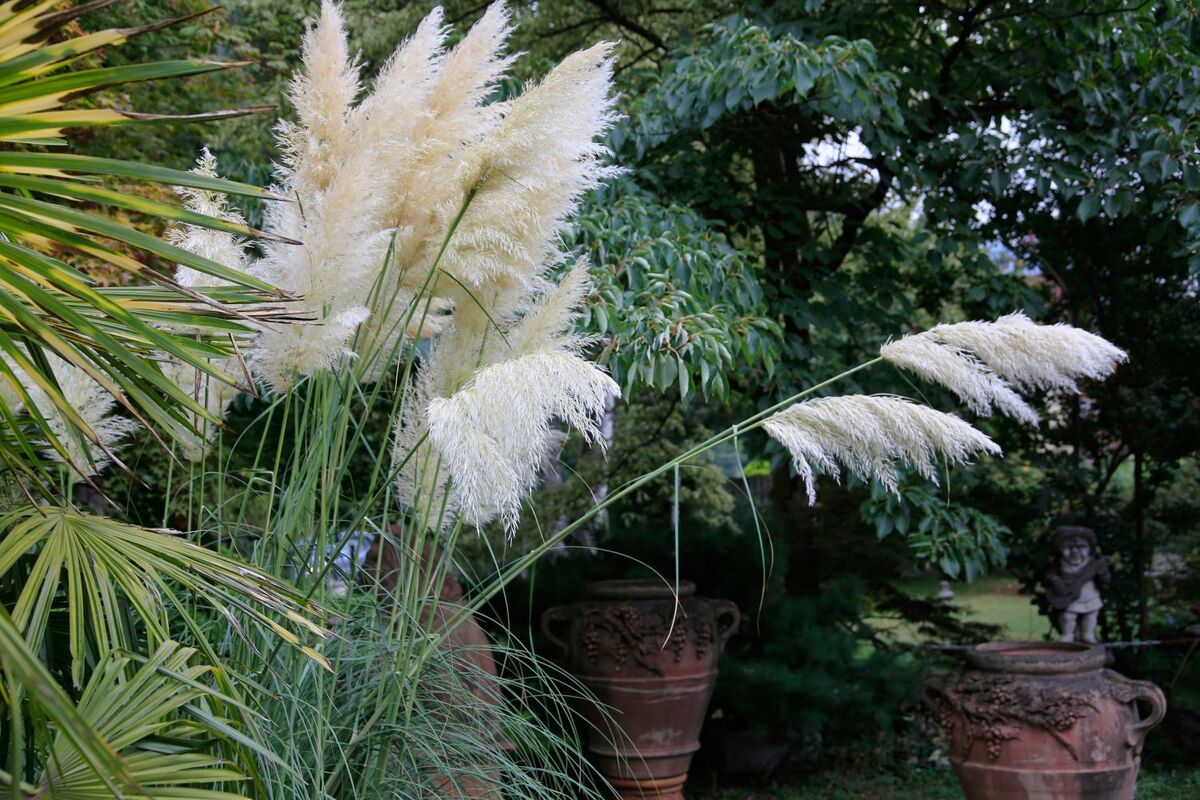
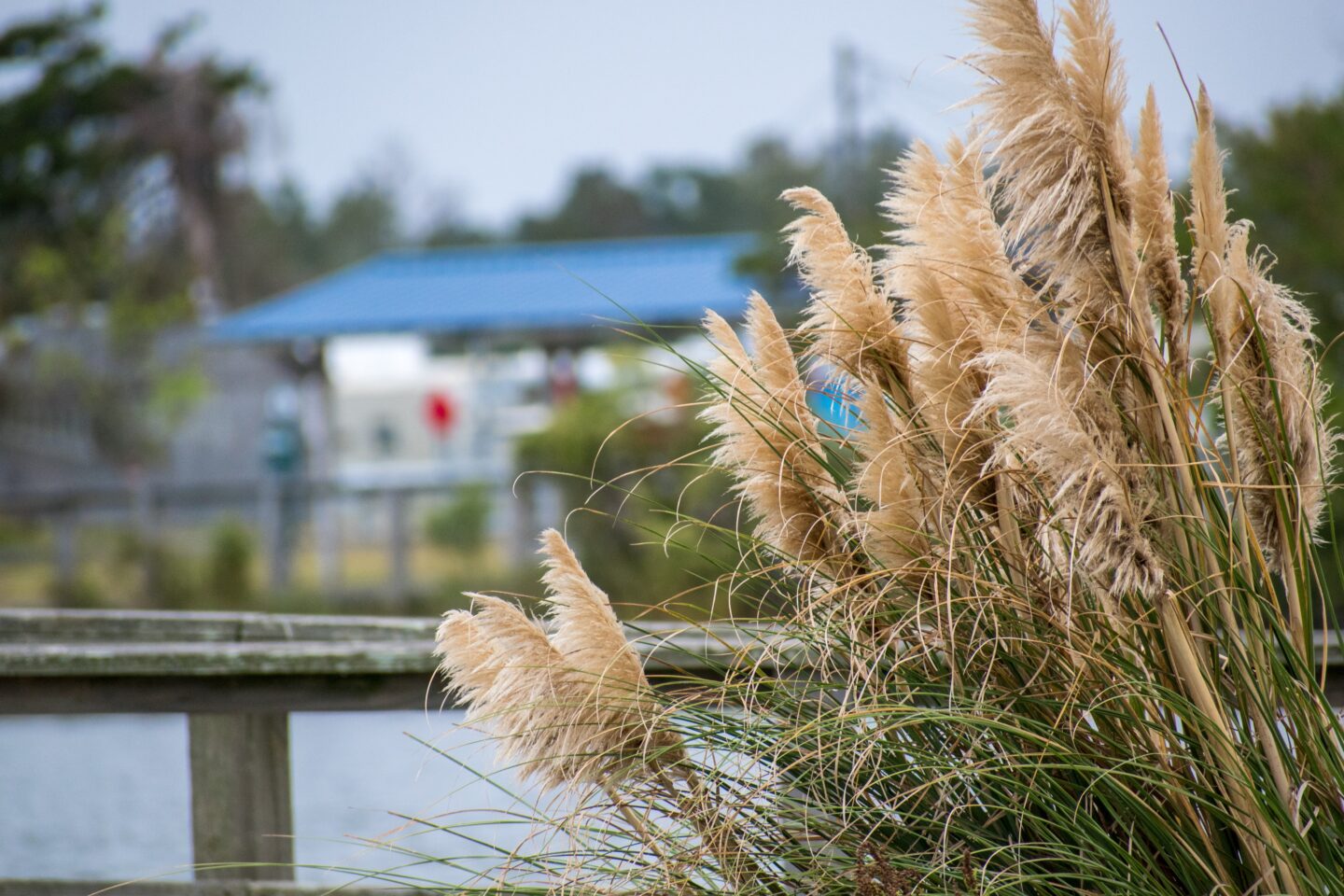
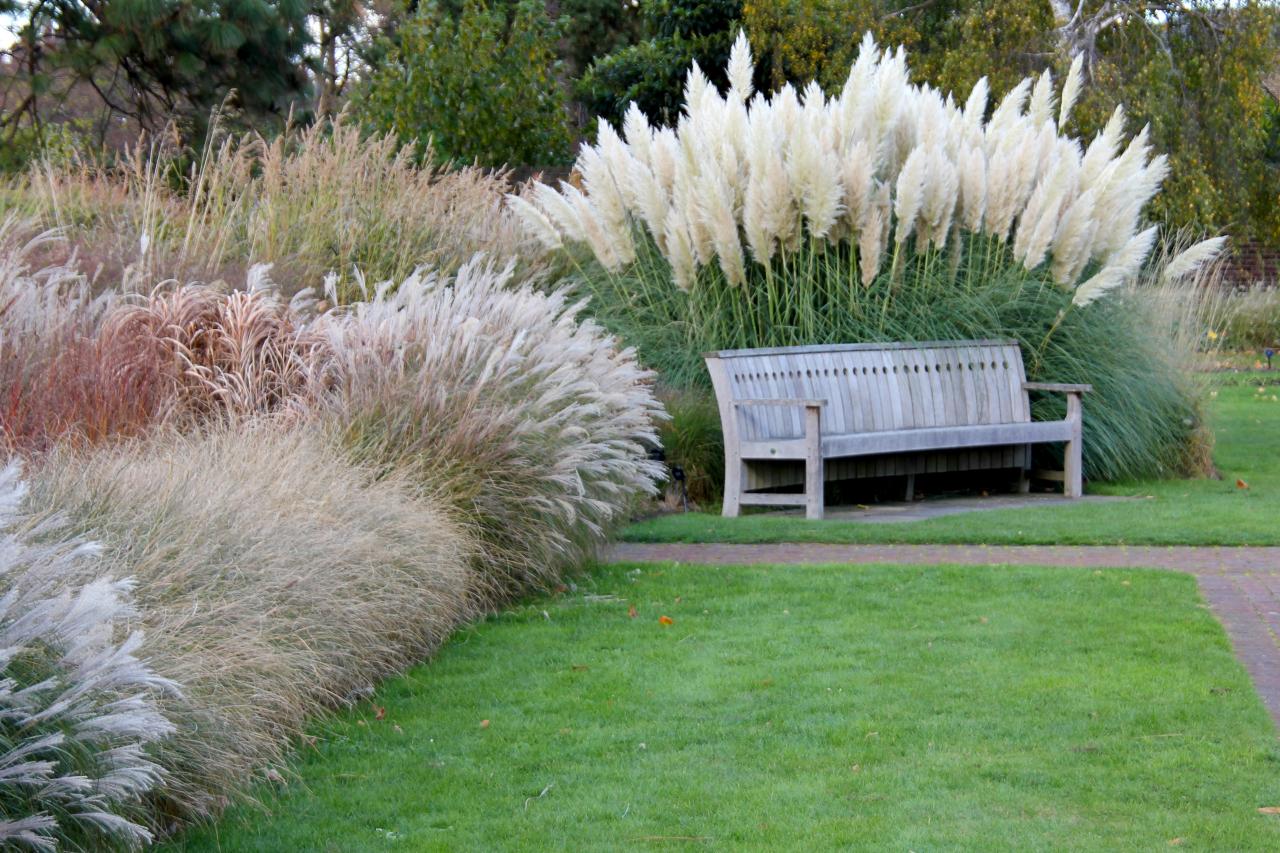
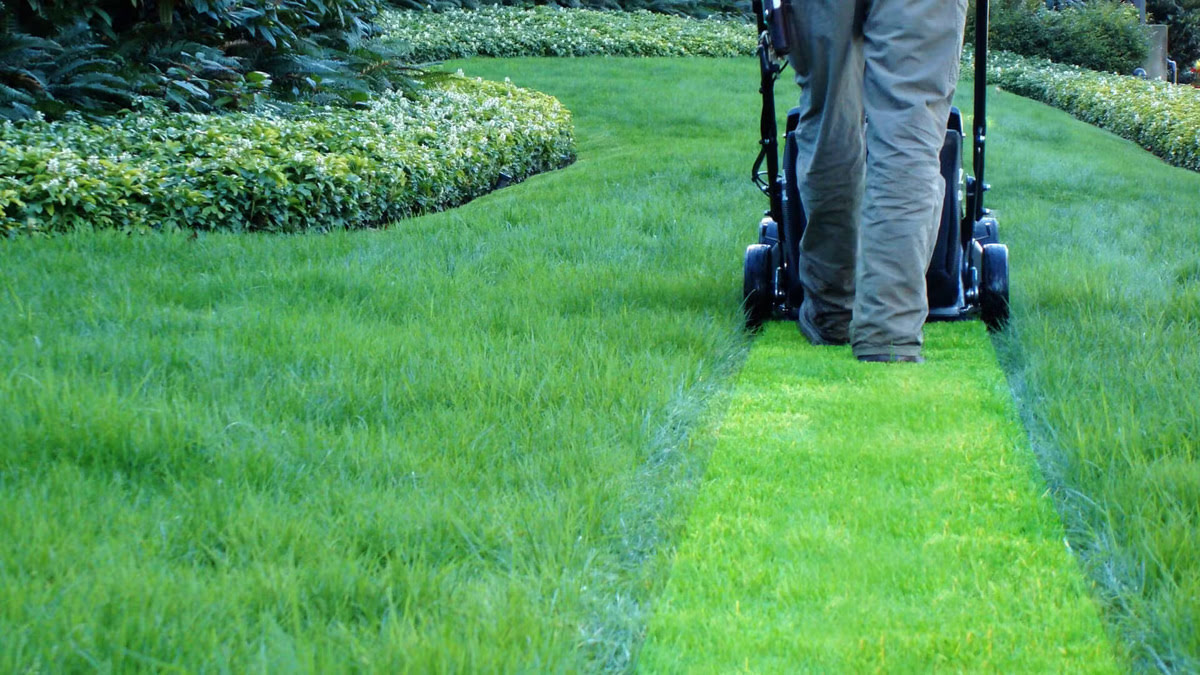
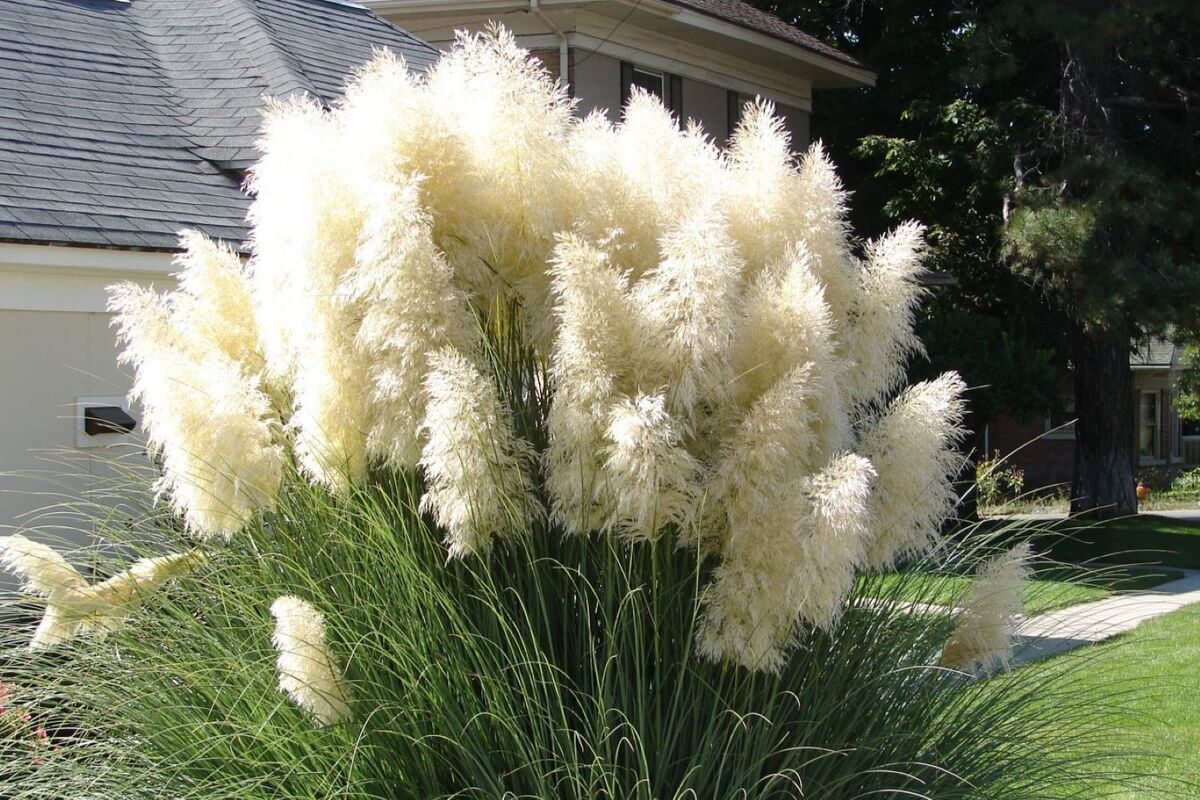
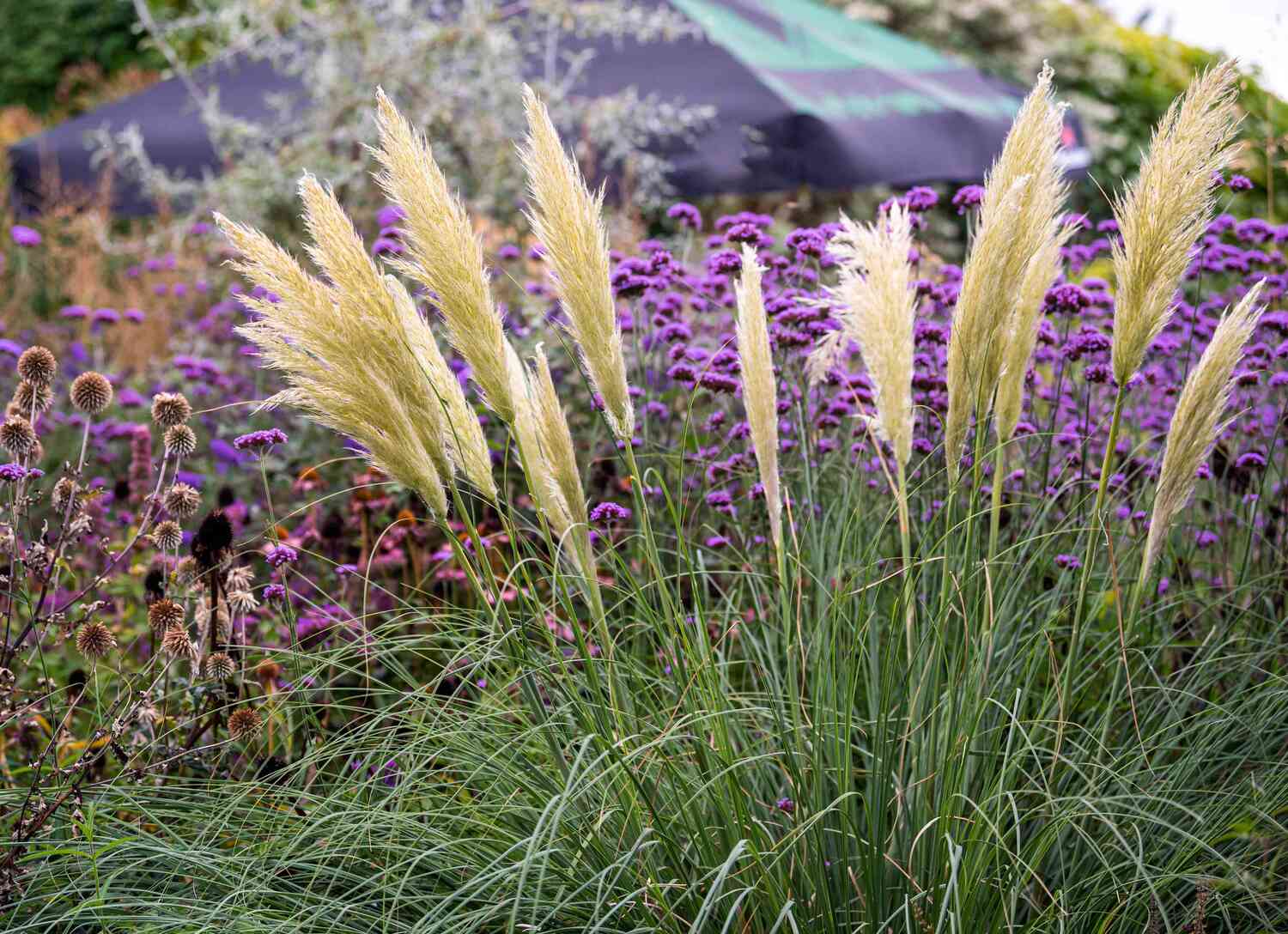
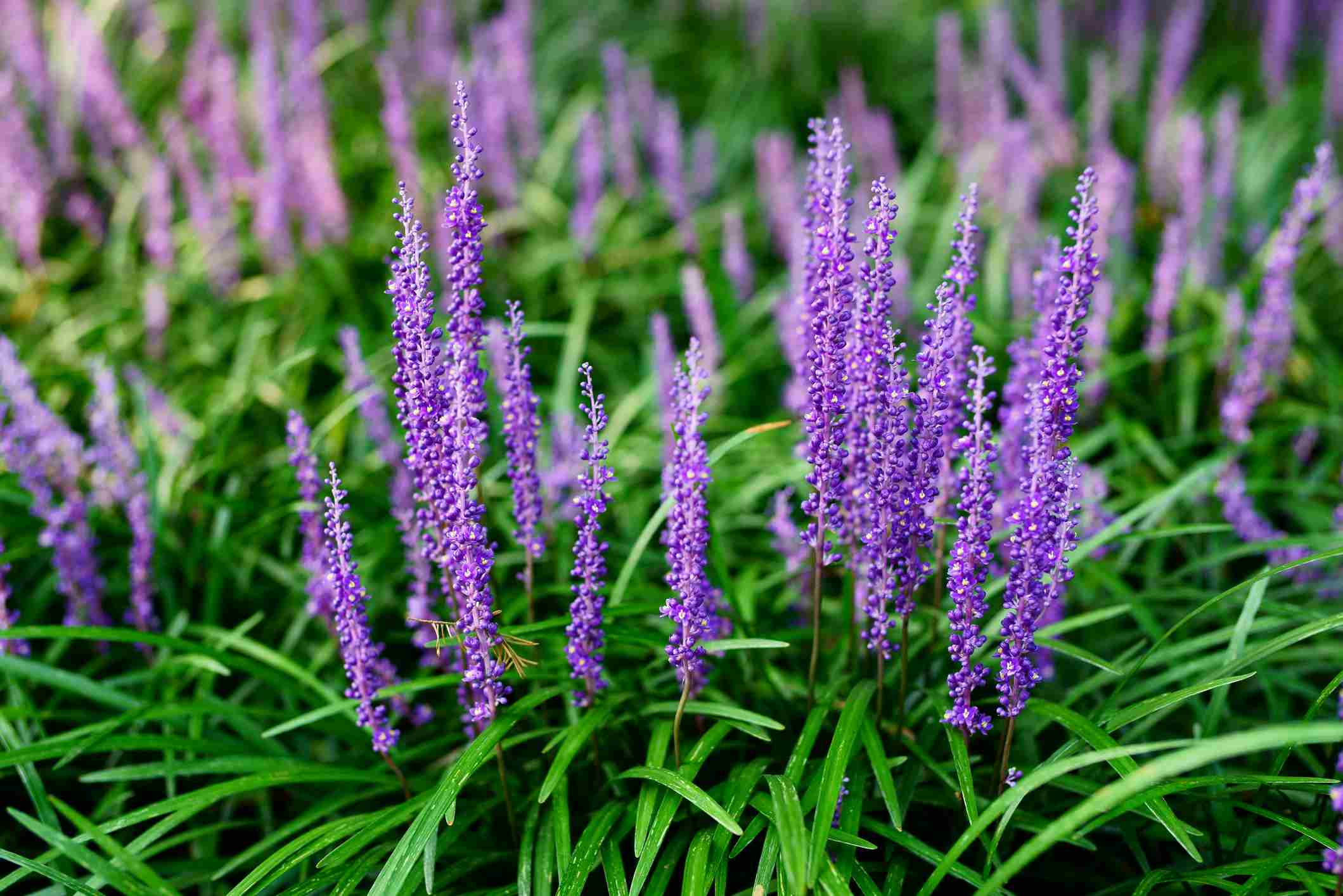
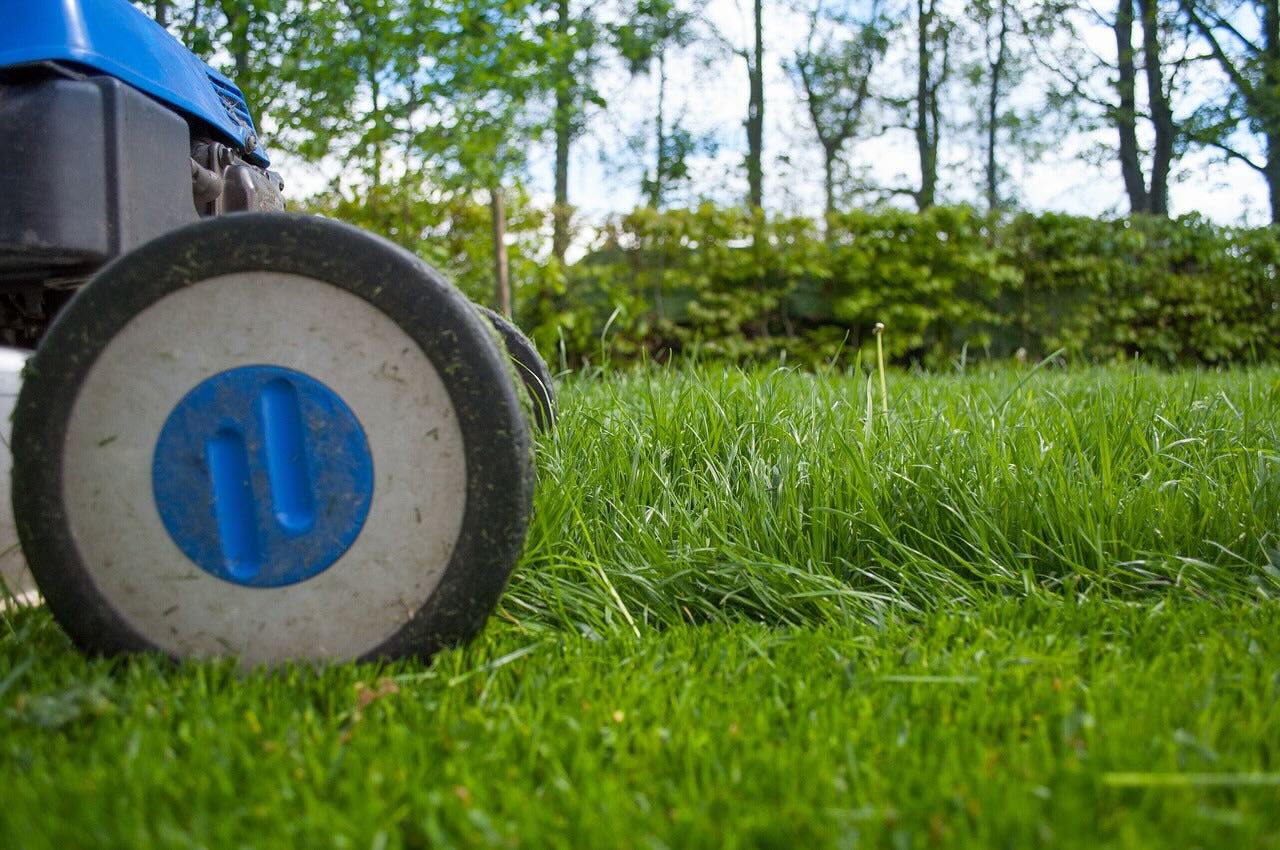
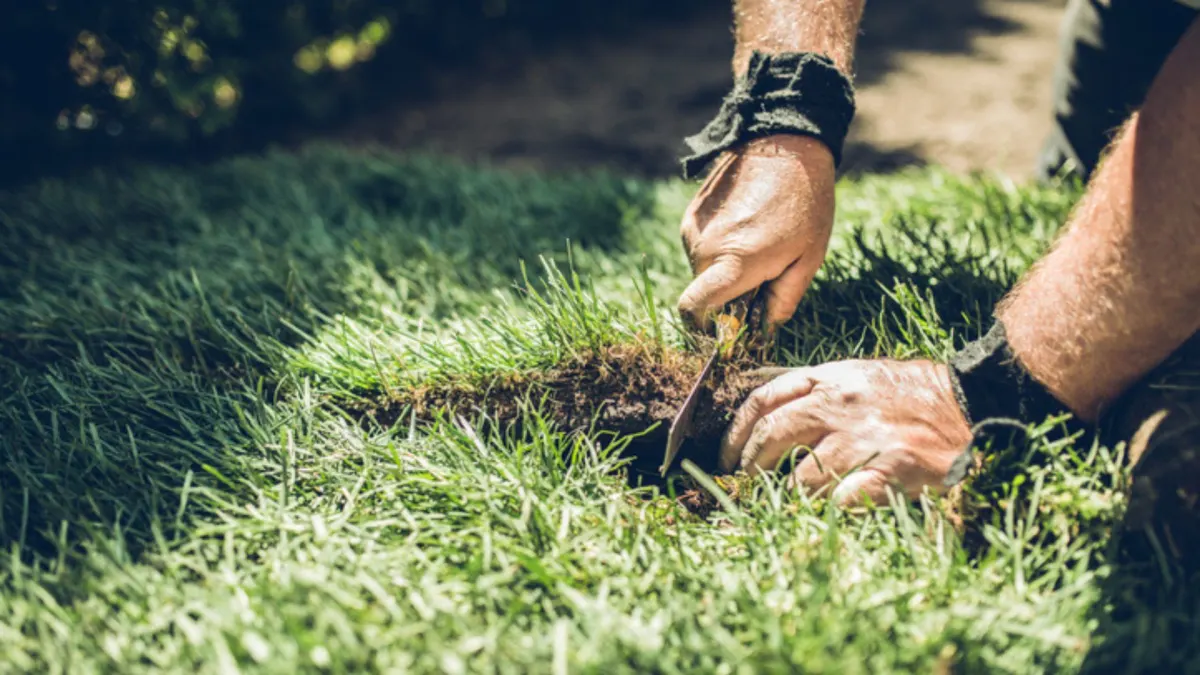
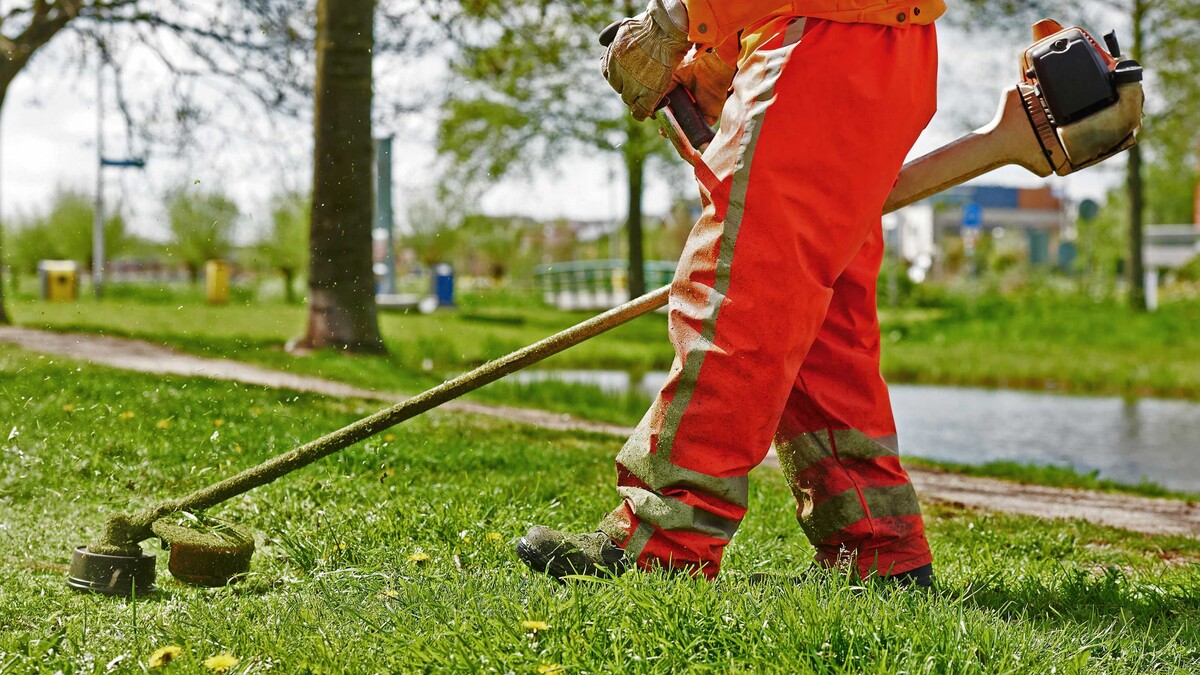
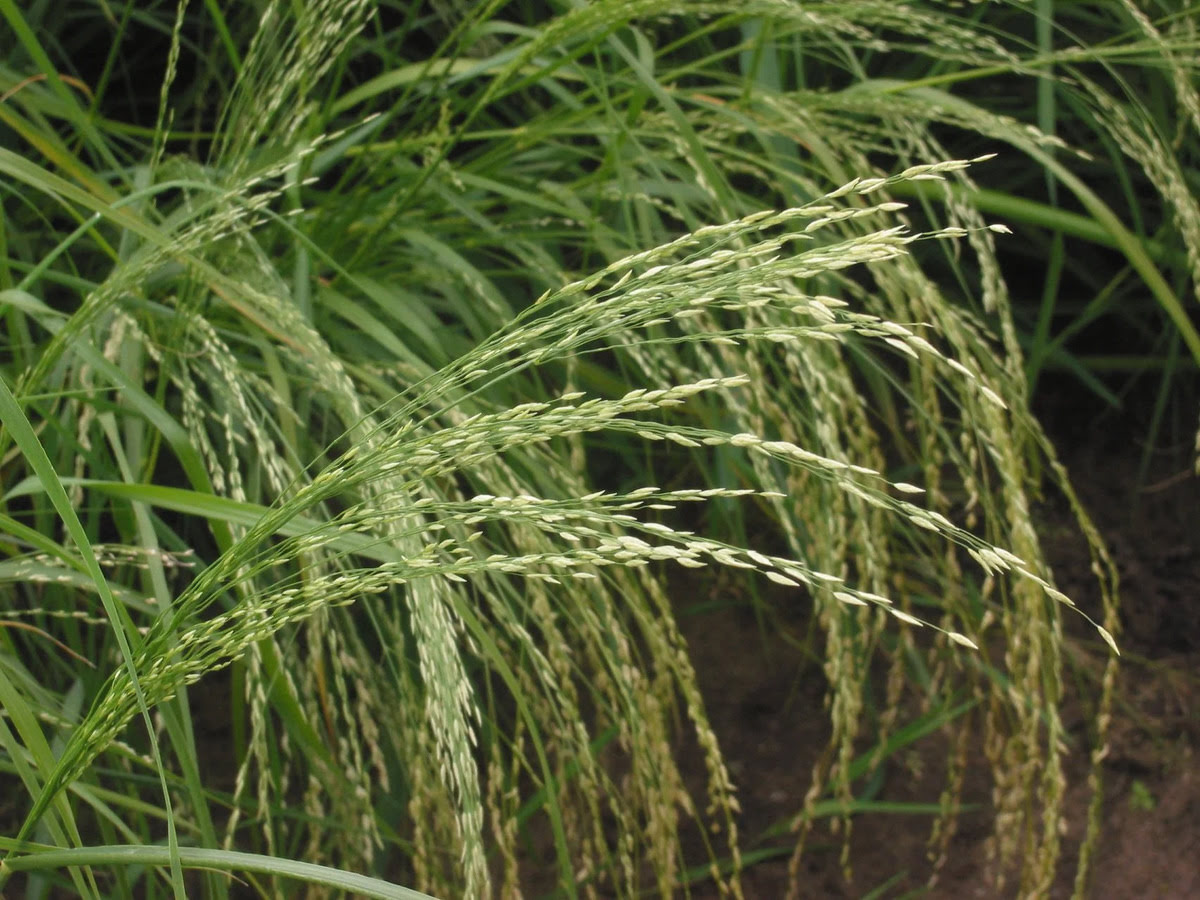
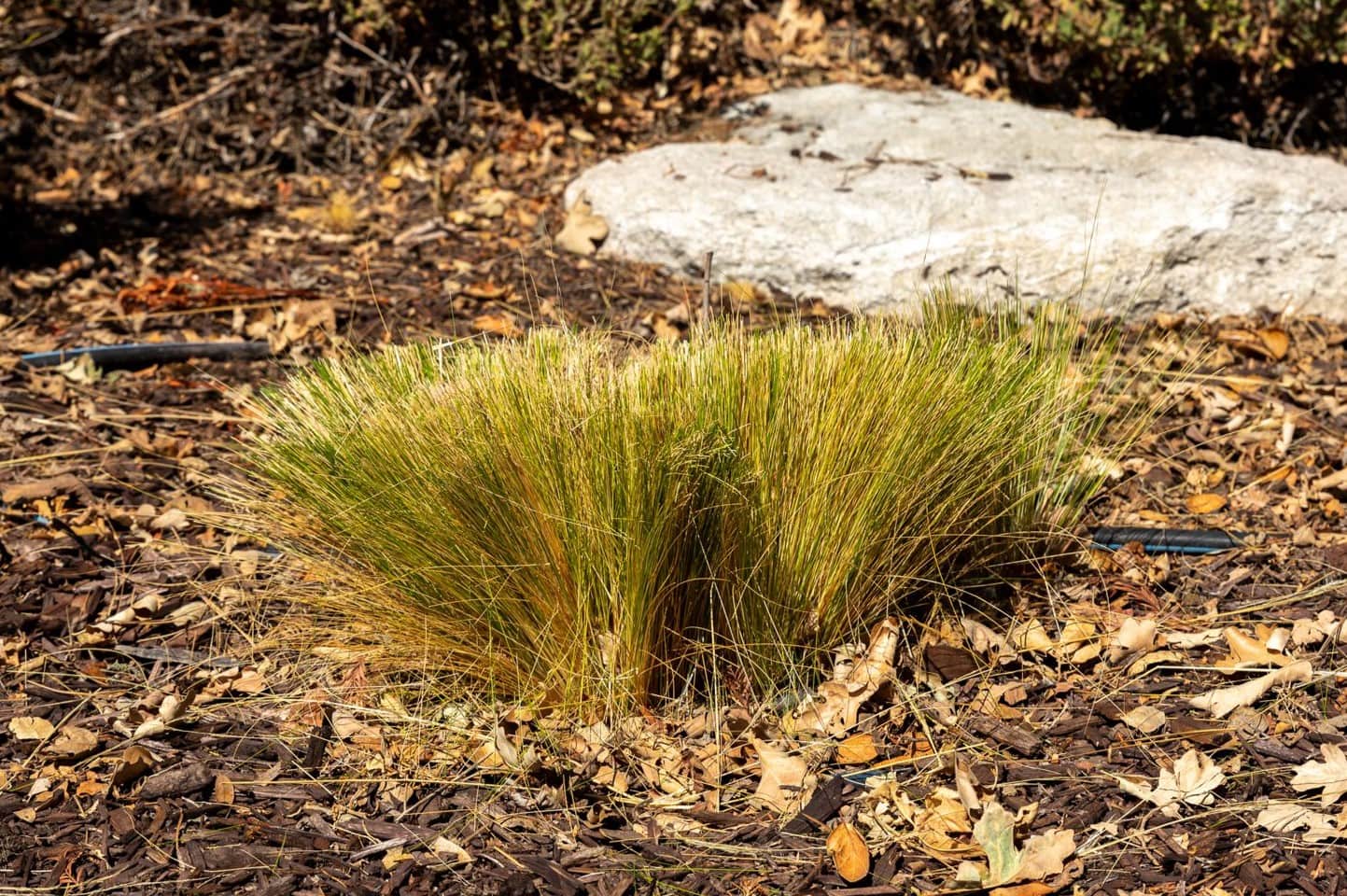
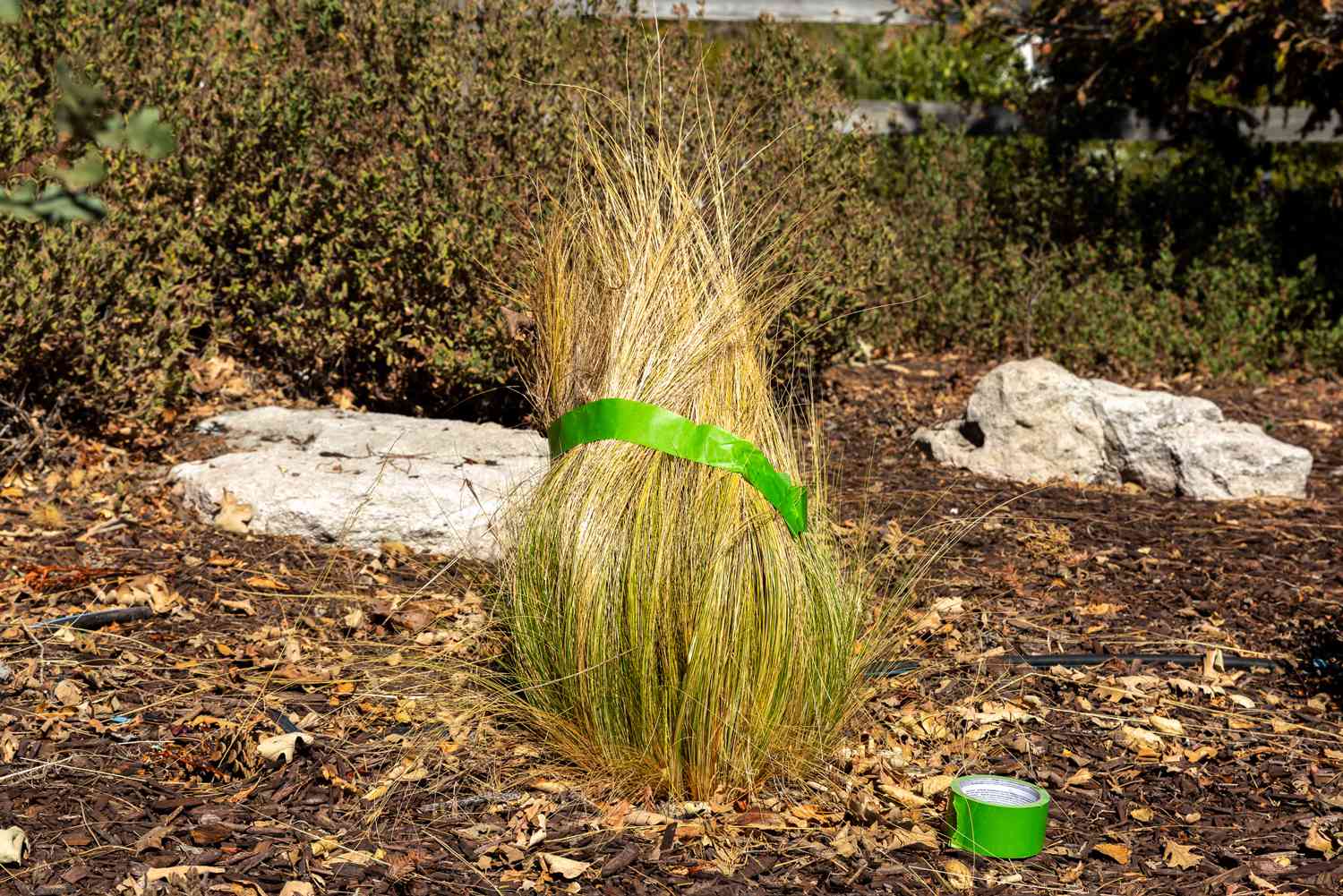
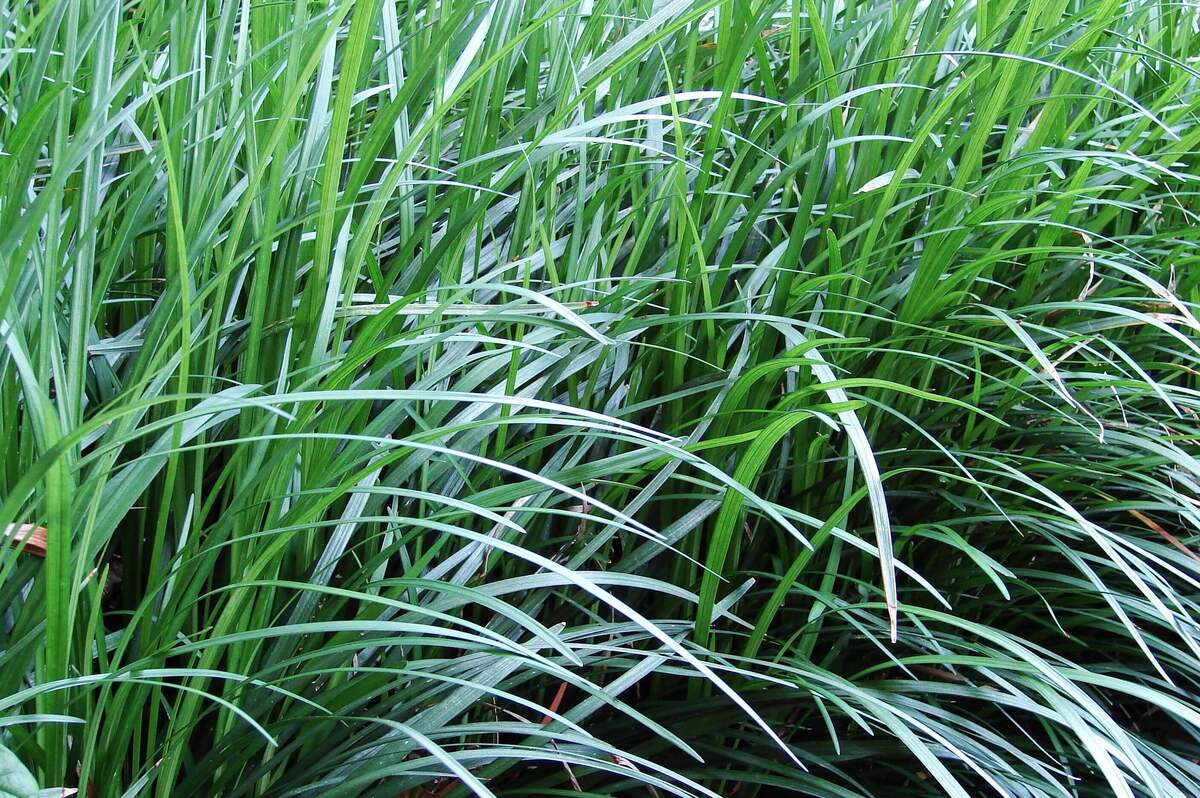
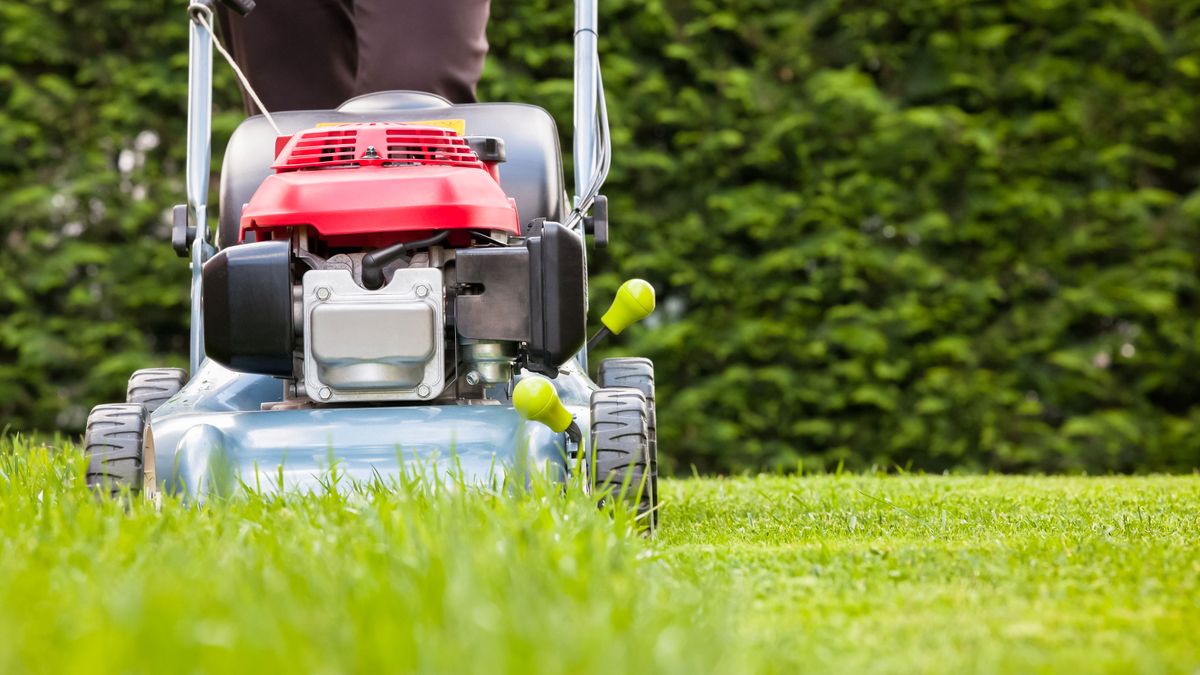

0 thoughts on “When To Cut Pampas Grass”